Cave diving in the Mexican Cenotes…
I was exceptionally fortunate to be one of two recipients of the Tony Balthasar Achievement Award in 2020, however, due to global border closures and changes in my personal circumstances, I was only able to embark on my expedition in mid-2023. That expedition had me travel to the Riviera Maya, in the Yucatan Peninsula of southern Mexico to embark on technical cave and decompression diver training within the water-filled sinkholes and caves known as cenotes.
Scouting has afforded me with a tremendous number of opportunities and expanded my horizons to activities and pursuits that I might never have dreamed of. One of those pursuits, which I now consider to be a passion of mine, is scuba diving. My first experiences with diving were a discover scuba night with Scouts at a local dive shop, and I later obtained my open water certification as part of my peak-award requirements in the Venturer section. I also had the opportunity to embark on further scuba diving at a national Rover Moot and at Region and State-run events. After experiencing the cave and cavern systems of Mt Gambier, South Australia in late 2019 I knew that I wanted more, and that I had a desire to learn from the best how to explore these (potentially) deadly environments.
As I came to be more and more fascinated by the idea of cave diving and exploration, one region stood out as containing both spectacular limestone cave diving, and world-class training facilities by global pioneers in their field – the Riviera Maya of the Yucatán, Mexico.
The Riviera Maya, once part of the Mayan civilisation, consists of low-lying jungle sitting atop limestone bedrock. One peculiar feature of the Riviera Maya is that there is a complete absence of surface rivers in the region. Instead, underwater freshwater rivers traverse the region like spider webs, and where the limestone above collapses, a cenote is formed.
My goal was to travel to Tulum, a major centre for diving in the region to receive training and instruction in safe cave and decompression diving. I placed my trust in ProTec Tulum, a prominent training and exploration hub and my trust in them was most certainly rewarded.
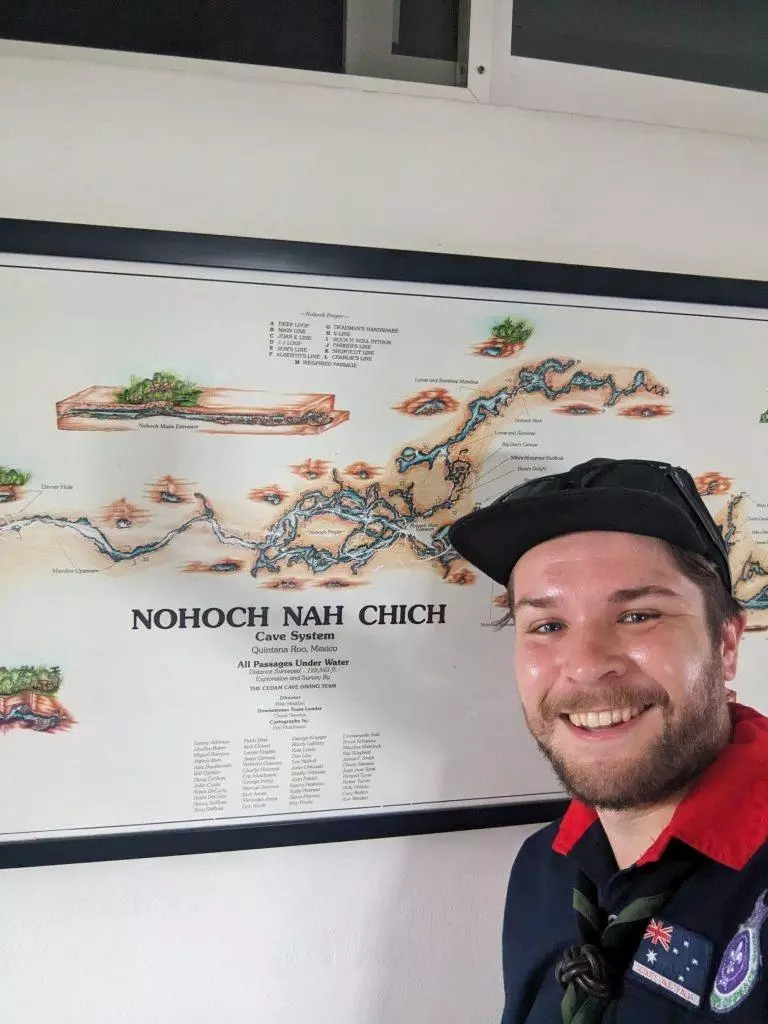
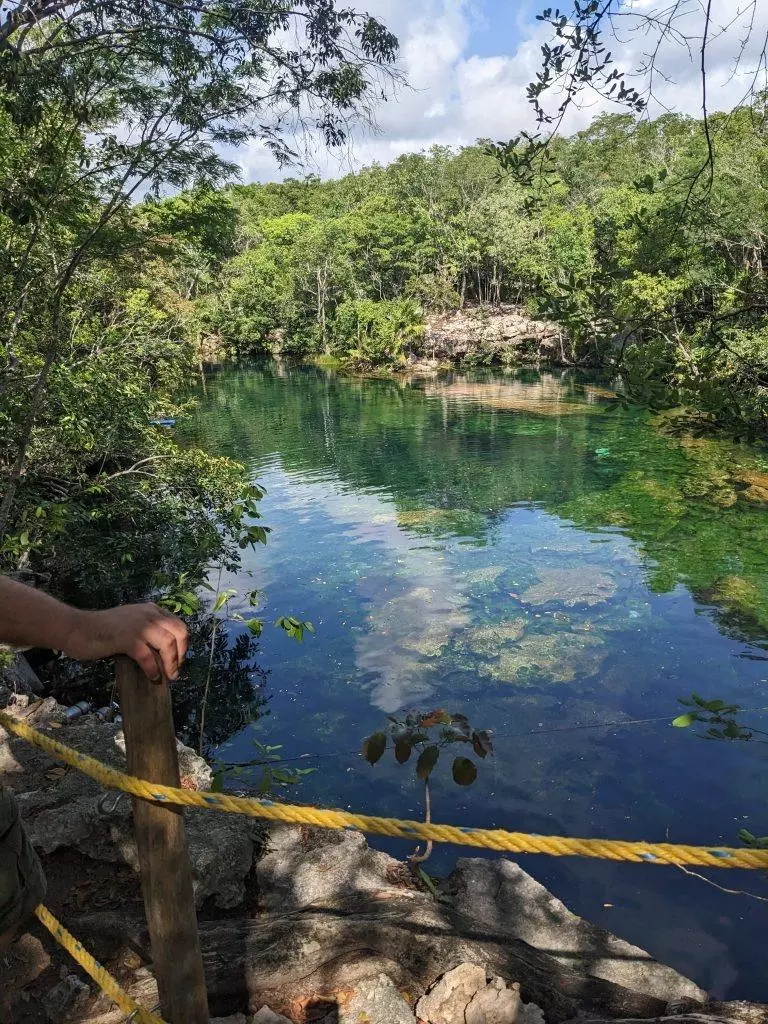
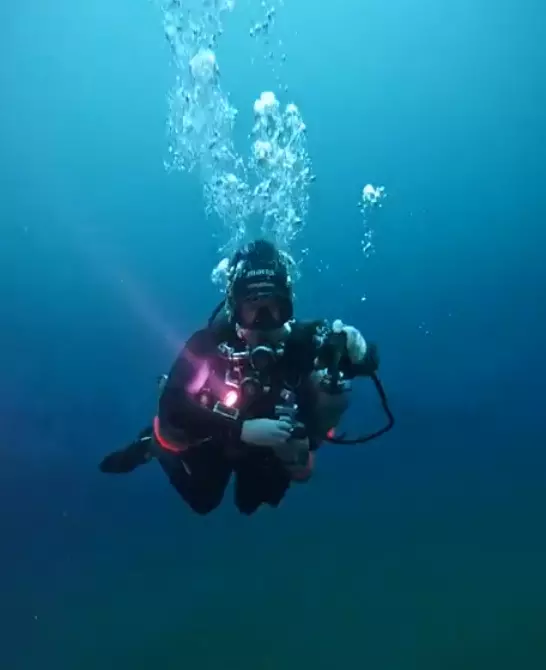
Prior to arriving in Tulum, I considered myself to be a fairly good diver, having recorded about 100 hours of ‘bottom time’ and being able to fairly well maintain my position within the water column. My instructors, however, had recorded thousands, if not tens of thousands, of hours on all types of diving systems and were able to manage multiple tasks such as surveying or conducting scientific studies while hovering motionless at just about any depth.
After about 30 hours of travel, and arriving in Tulum, I quickly went from feeling like a big fish in a small pond to a minnow in the ocean as I was put to the task of quickly improving my buoyancy, trim, and positioning skills in a cenote named ‘Atkun-Ha’, or Carwash, named so after the local residents who formerly washed their cars in its fresh waters.
My induction had me practicing my stability, both blindfolded and without any fins (also known as flippers), while managing three full scuba tanks. This was achieved by diving on a configuration known as ‘sidemount’ where instead of having a tank strapped to your back, you have them connected by bungee and metal fasteners to your sides.
I spent about five days in training at Carwash until my instructors were confident that I was ready to proceed to depths and caves otherwise inaccessible to recreational divers. This was one of the first signs that I was ready to proceed past the sombre warning signs and proceed to greater depths and distances within the caves.
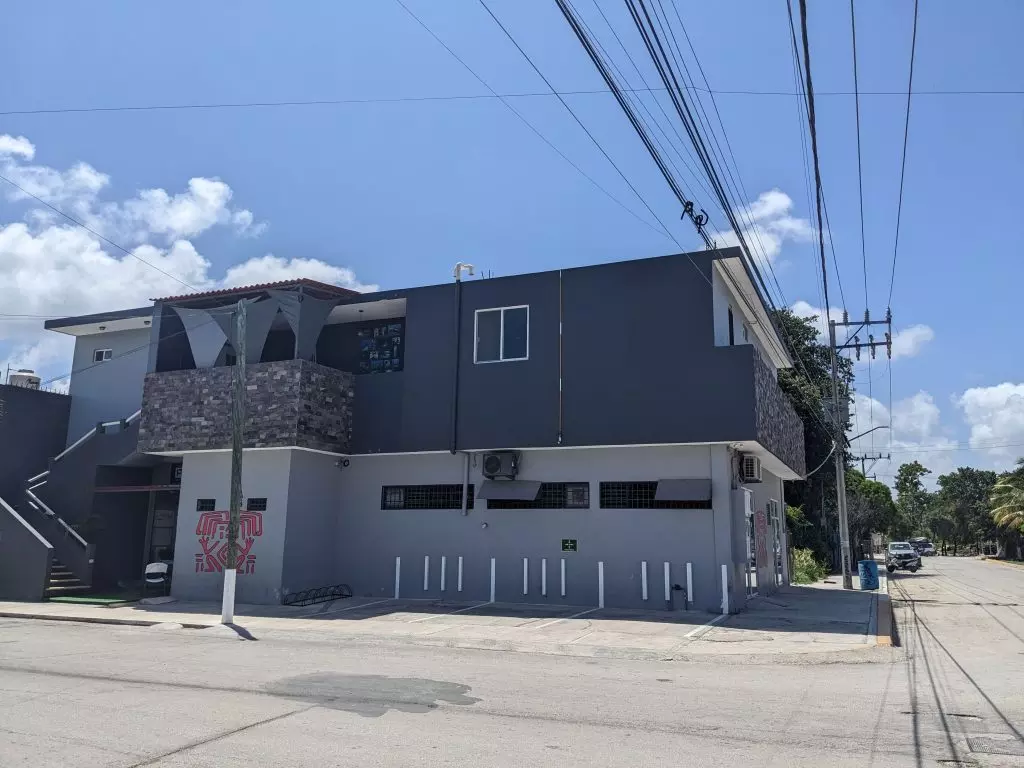
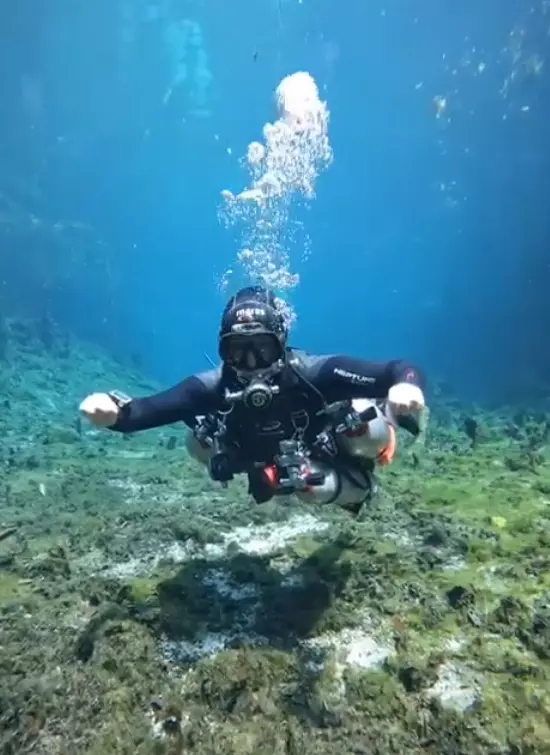
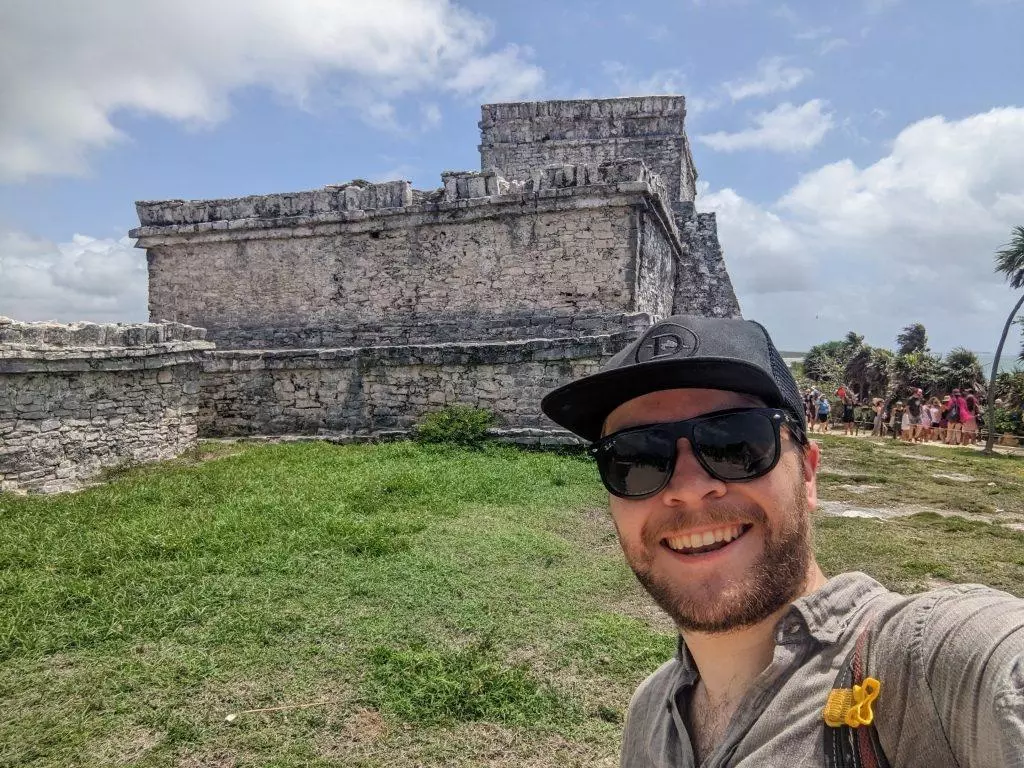
Over the next ten days we would throw our gear into the back of a truck and set out for the various training caves within the area. I had the incredible opportunity to test my limits as I dove to depths exceeding 45m in Centote Angelita and Laguna de Kaan Luum, simulated lost and panicked diver scenarios in Cenote Tajma Ha, zero visibility (ie. blindfolded in a cave) and line laying procedures in Cenote Ponderosa and Cenote Escondido, and finally a return to the cave section at Cenote Carwash and Nohoch Nah Chich for advanced navigation and restriction manoeuvres.
The training was accompanied by extensive decompression, procedure, out-of-water skills, and cave theory which included the history and development of cave diving as it exists today, usually comprising of hard learned lessons by early pioneers and explorers. Days were typically 10 to 12 hours in length and it’s fair to say that I was physically and mentally exhausted by the end of each day.
I had additionally planned to have some non-training days at the end of my 15 days of hard training, however, the harsh environment within the water resulted in a lower back injury and an outer ear infection which resulted in several forced rest and out-of-water days. While these setbacks nearly meant that I would be unable to complete the required training, I was fortunate that my instructors had enough flexibility and that I had built enough contingency days into my plan so that I only lost out on some of the consolidation dives at the conclusion of my training. All the more reason to return in the future.
This experience has been truly life-changing, providing me with the opportunity to solo-travel halfway across the globe to pursue a demanding and technical challenge that I might never have otherwise pushed myself towards. I have met some truly exceptional people in my journey, whose enthusiasm for scuba diving has reignited my passion for the sport.
I would like to thank my instructors Elliot, Jake, Marc, and Maria, alongside the team at ProTec Tulum including Kim, Skanda, and Nelson (just to name a few), who have truly set the bar for me and set an aspiration of excellence that I have, and continue to, work towards. Maybe in another 10,000 hours.
My sincerest thanks to the trustees of the Tony Balthasar Achievement Award whose patience and support over the past few years cannot be overstated. What had initially consisted of a twelve-month runway transformed into a plan nearly three years in the making. My thanks also to Dick Smith, without whom neither myself nor any other beneficiaries of this award would have these memories which will stay with us for the rest of our lives.
My video can be located here
Gracias por todo.
William Wade
(formerly) Turramurra Rover Crew
